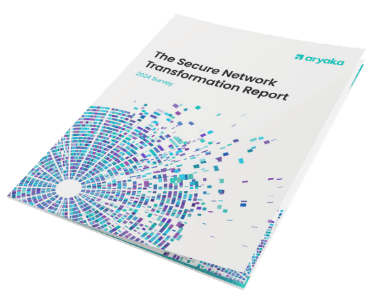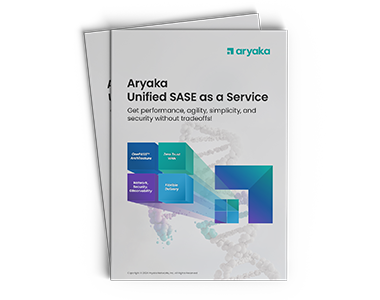Old content delivery technology doesn’t cut it for today’s shopping

Whether it’s the holiday season or not, shoppers expect websites to serve up product information, shopping carts, and payment processes fast. But traditional content delivery networks are not up for the task. This is because today’s shopping sites are different. Data is personalized, bi-directional, and dynamic. In other words, everyone is looking at something different. This makes one of the best speed-up tricks from the past – caching – impossible. And when millions of desperate holiday shoppers flood the web at the same time, they are expecting nothing short of instantaneous. Many of them will be disappointed.
Fast money requires fast data
Most shoppers expect to be viewing their electric knife sharpener within two seconds. After five seconds, they will be looking to slice tomatoes with one of your eight competitors. And something else that travels fast? Word of mouth. The vast majority of happy online shoppers are likely to recommend brands with a great website.
The shopping giants are well aware of the importance of a fast website. Amazon found every 100ms of latency cost them 1% in sales. Google found that an extra 0.5 seconds in search page generation time dropped traffic by 20%. ‘Tis the season to make money fast… or not at all.
[bctt tweet=”Holiday traffic spikes slowing down your #WAN?”]
Traditional Content Delivery Networks aren’t cutting it anymore
Content delivery network technology is nearly 20 years old. In the 90s, static text and images from a web server were pushed to an edge network of servers. This caching infrastructure – based on many global Points of Presence (PoPs) – was built to obsessively tackle static content delivery. Algorithms reaching 99 percent cache hit ratios really kept things humming. But today, personalized, bi-directional, dynamic content is replacing static content – which is not cacheable.
Dynamic content is real-time, bi-directional
Dynamic content – such as your shopping cart, product reviews, and promo codes cannot be pre-created and stored on the web server. It needs to be generated in real time, constantly updated, and retrieved from the original server. Content today is also bi-directional. This includes user generated content such as filling out forms on a website, commenting on a review site, shopping on an ecommerce portal, or any type of upload. Legacy CDNs simply do not understand the concept of a post.
[bctt tweet=”Traditional Content Delivery Networks aren’t cutting it anymore. #CDN” ]
Key to fast content delivery? An intelligent private network
When caching is no longer a reliable way to speed up content delivery, the next best thing is to fence off traffic from the public Internet. The latest content delivery networks — such as Aryaka’s — deliver content over a stable, low latency, private core network. This is different from older CDNs because ‘the middle mile’ connects all the POPs, letting private traffic whiz by the public jam up.
The next generation CDN must be both private and intelligent. It must be built from ground up to accelerate bi-directional, dynamic content. It should be designed for enterprise customers that are deploying web and IP-based applications. And unlike old CDN technology scrambling to bolt ‘dynamic content acceleration’ capabilities onto their platforms, an intelligent CDN must:
- Deliver real-time, personalized data
- Deal with low cache hit ratios without significant deterioration in performance for shared dynamic content
- Provide stable and consistent performance and acceleration, for both downloads and uploads
- Still deliver great performance for static content (yes, this exists and it must be cacheable)
- Ensure fairness such that high volume B2C sites do not cause cache eviction for lower volume enterprise sites
- Handle end-to-end persistent connections efficiently
Conclusion
Whether it’s the gift giving season or any other time of the year, shopping websites can be painfully slow over the congested public Internet. Websites that can handle dynamic and bi-directional content quickly will win. The best bet to guarantee maximum conversions and adoption rates? An enterprise-class, content delivery network built on an intelligent, private network.




